Contest Invitation
NASA’s Langley Research Center in Hampton, Virginia is inviting students in grades K-12 to draw, paint or design their vision of what’s next in science, aeronautics, and exploration in the NASA Langley Student Art Contest. The contest is open to all children grades K-12 attending public, private, parochial and homeschools who are residents of the United States.
Contest Inspiration
The following NASA Langley focus areas may provide some additional inspiration:
- Explore Flight:
- – Enable On-Demand Mobility through integration of vehicle and autonomous systems that are certifiable and improve airspace operations and safety
– Improve commercial air transport markets through integration and maturation of key aviation and convergent technologies and experimental flight demonstrations.
- Explore Earth:
- – Quantify Earth’s atmospheric composition and radiation budget through research, technology development, flight instrument development, and measurements
– Develop and deploy lidar remote sensing techniques to precisely capture regional and global
measurements that aid in science community studies of winds, CO2, clouds, aerosols, and other key atmospheric processes
- Explore Moon to Mars:
- – Design, develop, and demonstrate entry, descent and landing (EDL) systems to enable robotic and human space exploration missions
– Design, develop, and demonstrate advanced space structures for long-duration deep space human space missions
– Design, develop, and demonstrate concepts and technologies for autonomous in-space assembly of space structures
Contest Deadline
The Art Contest submission period begins December 1, 2023 and concludes on December 31, 2023 at midnight EST.
We are asking schools, organizations, and community groups to encourage parents to submit one entry per student.
A grand-prize winner will be selected from all entries and a first place, second place, third place, and honorable mention winner will be selected for each grade level.
For additional information or questions, please email larc-art-contest@mail.nasa.gov.

